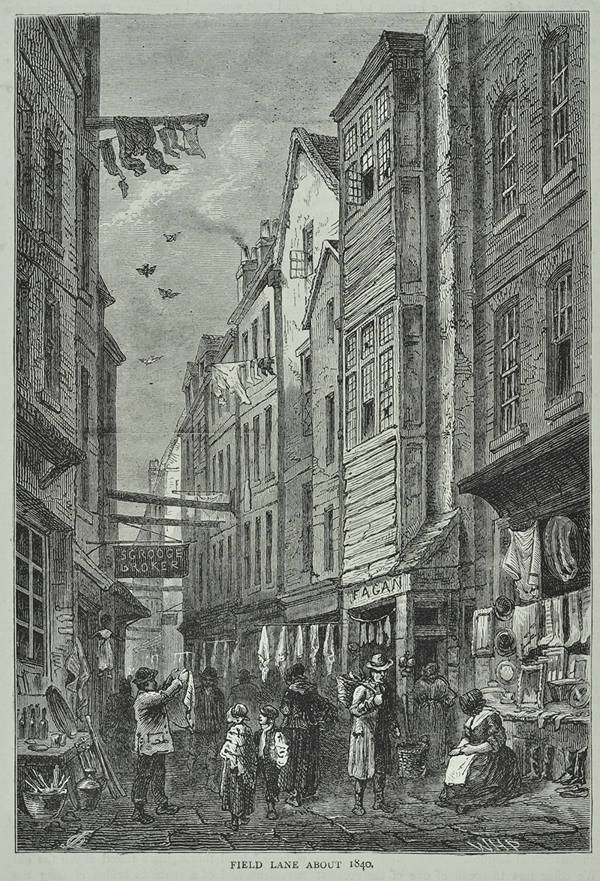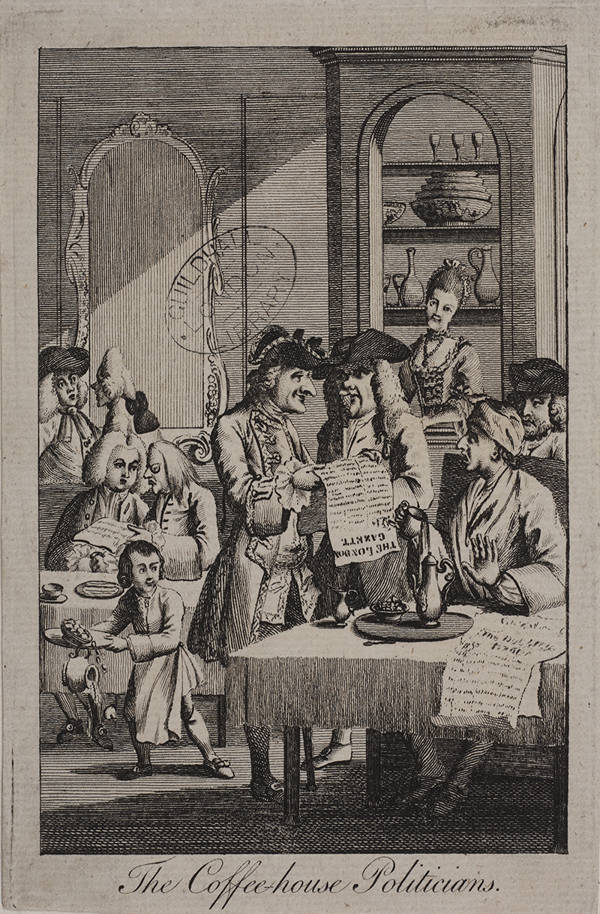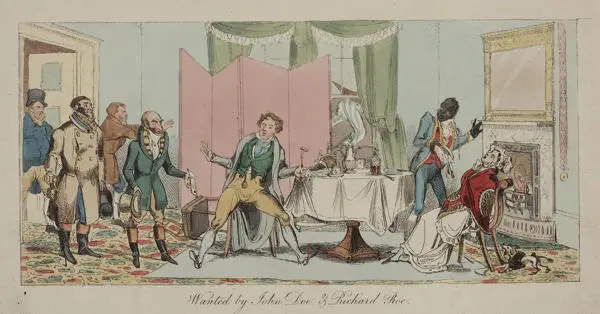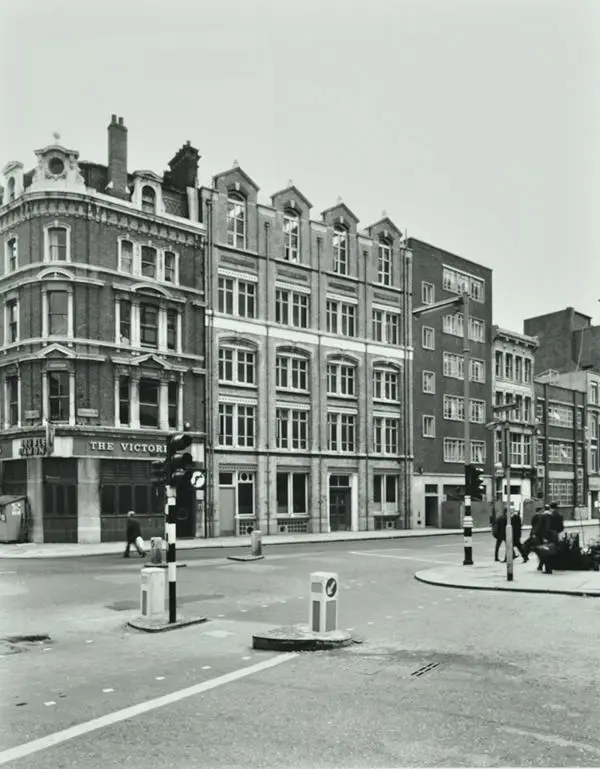Mother Clap’s Molly House
It is believed that there were more gay pubs and clubs in London in the 1720s than in the 1950s and certainly more than today with the capital losing 58% of its LGBTQ+ venues in the past decade. Yet, during the 18th century ‘sodomy’ was a crime under the Buggery Act 1533. While not defined exclusively as sex between men, it essentially targeted any sexual behaviour deviating from that between a married man and his wife and convictions between men for sodomy were by far the most common. Despite being punishable by a fine, imprisonment, or even death, private social spaces existed in London where gay men from all classes could meet safely. Establishments called ‘Molly Houses’ dominated, ranging from private back rooms in gin shops to three storey public houses run by male couples.

The term ‘gay’ is used here to reflect the dominating visibility of men who sought relationships with other men. The names, labels and communities who reflect this sexuality has changed over time and will not reflect exactly those of today. In the 1700s a very well organised ‘molly’ subculture existed. Early figures in the Church branded men who had relationships with men as molles or sissies, with wider society labelling effeminate men molly-coddles and mollies. Having no other term except the Biblical or legal ‘Sodomite’ or ‘Bugger’, gay men transformed ‘molly’ into a positive term of self-identification, in the same way that derogatory queer has been reclaimed by the LGBTQ+ community.

The infamous Mother Clap’s was a private residence and a coffee house located in Field Lane near Holborn, and although owned by John Clap, it was run by his wife Margaret ‘Mother’ Clap. It was a very popular molly house amongst the underground gay community during its at least two years of existence (1724–1726 when under police monitoring). She cared for her visitors and, often let men lodge at her house for years at a time and even provided false testimony to get a man acquitted of sodomy charges. Unlike other molly houses, it was not a brothel, so she likely did not host for a profit.
Her special room was a feature common in other molly houses. It was sometimes referred to as ‘The Marrying Room’ or ‘The Chapel’ and contained a large double bed. Though no ordained minister officiated the nuptials, two men would enter to ‘be married’. Reportedly Clap’s regulars would ‘get up, dance and make curtsies, and mimick [sic] the voices of women’. This apparently was to impersonate the flamboyant speech of sex workers during the period, rather than the typical woman in society. A type of affectation still seen across the drag scene today.
The safe space Mother Clap had created was exposed when police raided one night in February 1726. One officer reported he ‘found near Men Fifty there, making Love to one another as they call'd it.’ Margaret Clap was brought to trial for keeping a ‘disorderly house’, which was a euphemism for a brothel. Found guilty, she was sentenced to stand in the pillory at West Smithfield, pay a fine, and imprisoned for two years. Many mollies present on the night met a far harsher punishment. Three men, Gabriel Lawrence, William Griffin, and Thomas Wright were tried for sodomy and hanged together at the Tyburn gallows - close to the current location of Marble Arch.

Although scorned by society and the law, ‘Mother Clap’s’ was nothing out of the ordinary. Gay men and other LGBTQ+ communities had met in public houses in London since at least 1700. The emergence of LGBTQ+ subcultures, particularly communities of what we might call gay men, is linked to the rise in surveillance. Efficiently organised police forces existed only after the 17th century. LGBTQ+ subcultures were uncovered as a result of new social regulations rather than existed because of them. In England knowledge of the molly subculture coincides with the founding of the Societies for Reformation of Manners in 1690, which led to recorded prosecutions as well as the rise of the popular press and sensational investigative stories. Characteristics of molly subculture were already so distinct and well organised by then that it must have existed well before.
Although physically erased, Saffron Hill marks the location where Mother Clap’s once stood and the often hidden but significant presence of LGBTQ+ communities in London’s history.
